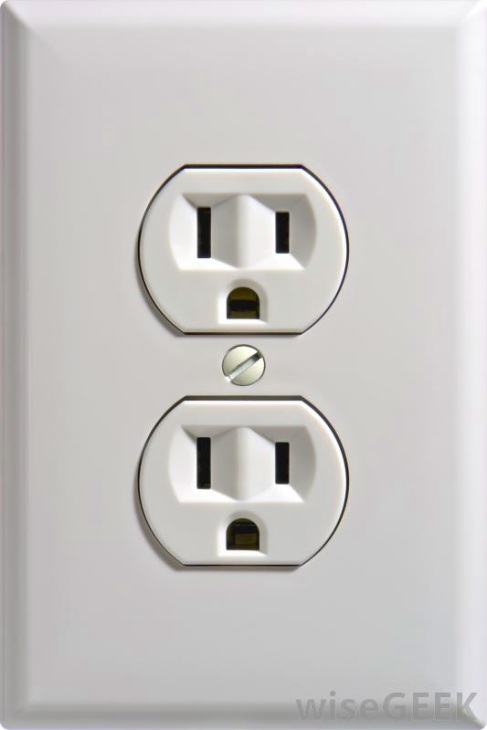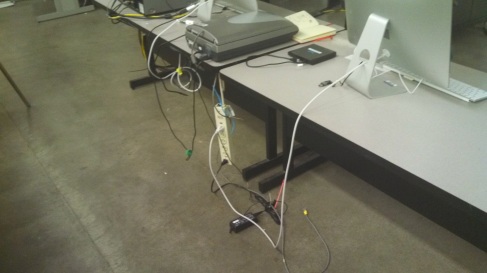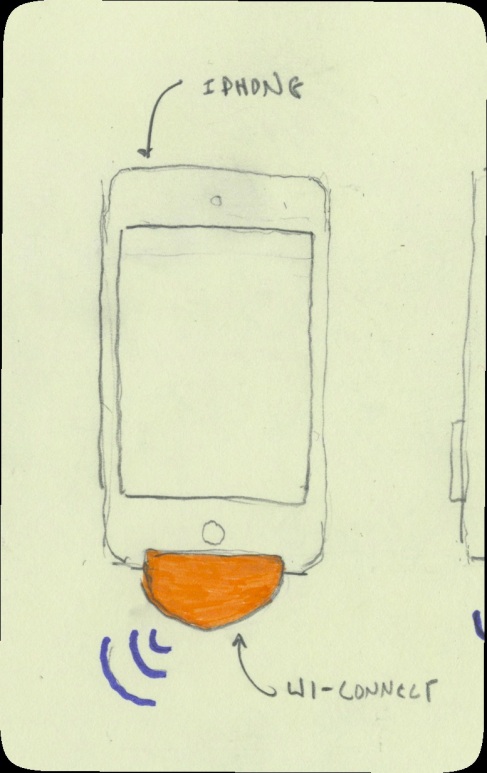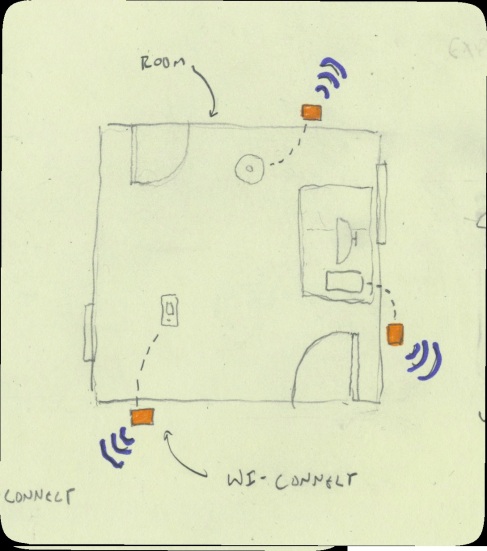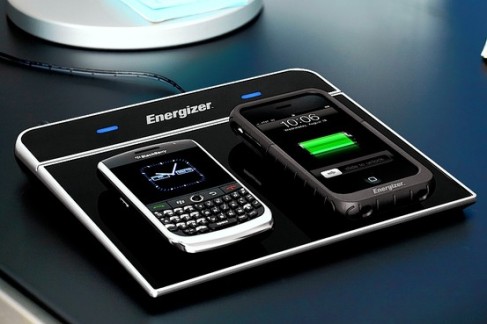Nate Kaylor
Half Baked Design: Power Outlets
I used this opportunity to expand on something that’s bothered me for a long time. An everyday object that keeps getting overlooked as other technology evolves around it is: The Power Outlet.
EXHIBIT A:
Some general information can be obtained on the “AC power plugs and sockets” Wikipedia, and is actually quite fascinating.http://en.wikipedia.org/wiki/AC_power_plugs_and_sockets Power sockets were a late 19th century invention that served as the interface between external energy and internal application. As consumer culture grew in the 21st century, a dependence on electricity accompanied it- and now we have come to the point where every electric consumer device plugs into this thing that is essentially the same as it was 100 years ago.
The reason it hasn’t changed is obvious, it’s not really a ‘broken’ device. It works fine and we’ve just decided to keep growing as a civilization with these unchanging portals around our buildings. But when we look at the problems it causes us on a daily basis, we can start to consider a ½ baked design to replace it and implement a new way to harness electricity all over internal structures.
Problems:
- no standard international power socket
- Complication of trying to access power sockets
- The ridiculousness in the amount of battery powered devices we depend on wired power for when we primarily use them indoors anyway.
In a world without limitation: My ½ baked solution will take place in three stages in order to gradually wean society off of the concept of chords and power sockets altogether.
Stage 1: Wireless AC sockets can be purchased which transmit electric power anywhere in a building and siphon electricity wirelessly from infrastructure built into the walls of every room (no more complicated than the troubles we go through currently to equip a room with power sockets.) From there devices can simply plug in to the wireless boxes anywhere around a building or structure.
Stage 2: This same wireless technology will start to be integrated with product companies so that they are manufactured with wireless electricity devices that plug into the same socket on the phone as an a/c power cord. This way users still have the option to use a/c corded power if they have no other choice.
Stage 3: In some glorious future I invasion a building interior, void of any sporadic power socket. All companies will have by this point adapted the wireless electricity standard so every device comes with internal hardware that wirelessly siphons power from the building infrastructure.
My classmate, Elliot, had an interesting comment regarding the current state of this technology in the world: “Im not sure if there is anything available yet in which power could be transmitted. Most wireless devices now are for sending signals rather than power and require an additional power source (batteries or cord).”
I think all the 1/2 baked designs are abstracted from current states of technology, but none the less a lot of my project was inspired my recent developments of wireless power transmission that I have seen.
One example of this is the wireless charging pads for personal electronics.
Currently these aren’t all that great as they involve real funky attachments that you have to superglue to your phone battery and stuff like that. But I talk about this issue in my 1/2 baked solution: It’s not only the product that needs further design- it’s the 3rd party members of the equation that need to be addressed as well. How can we implement these designs into further mainstream product design, and ween companies and designers off of traditional methods of power supply.

